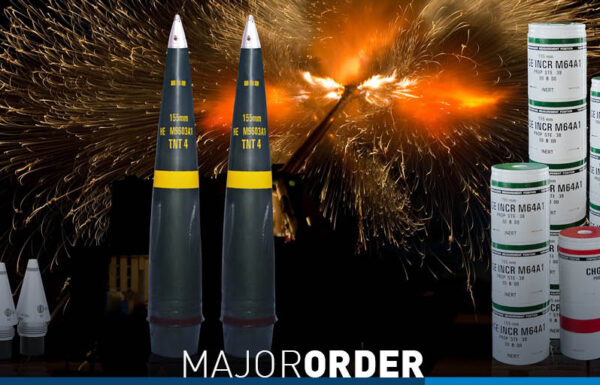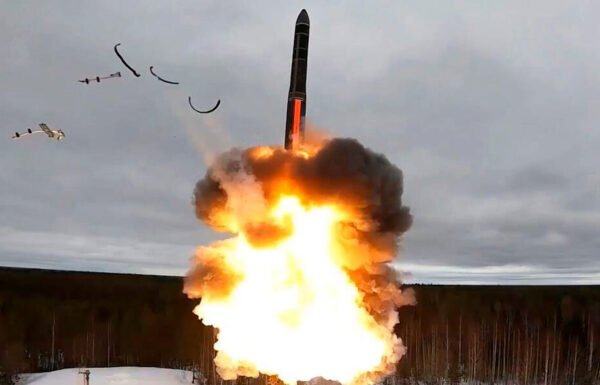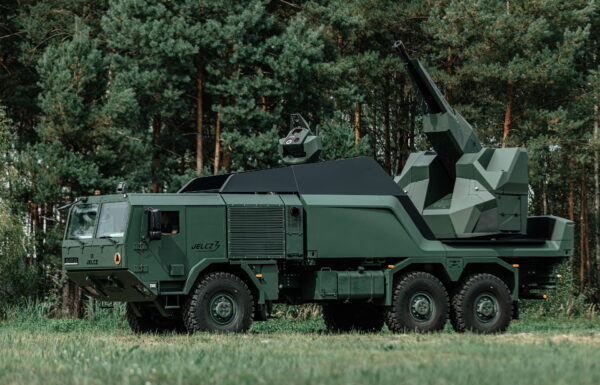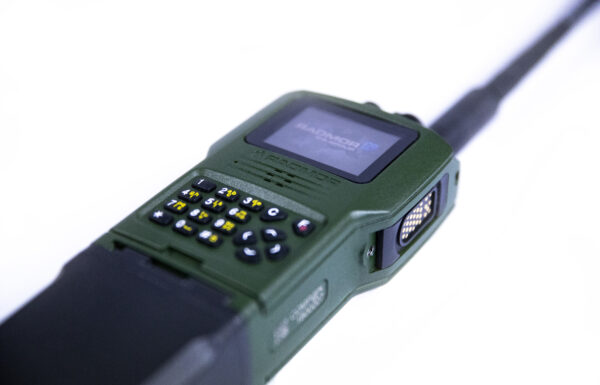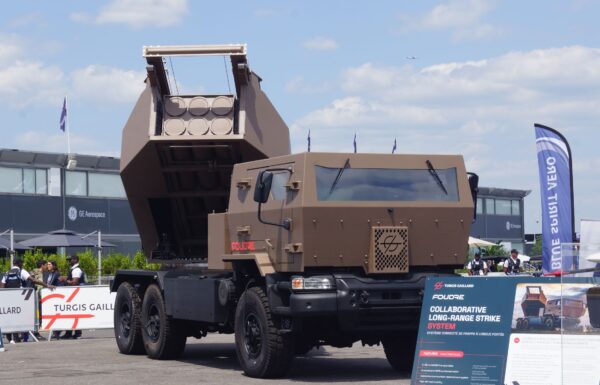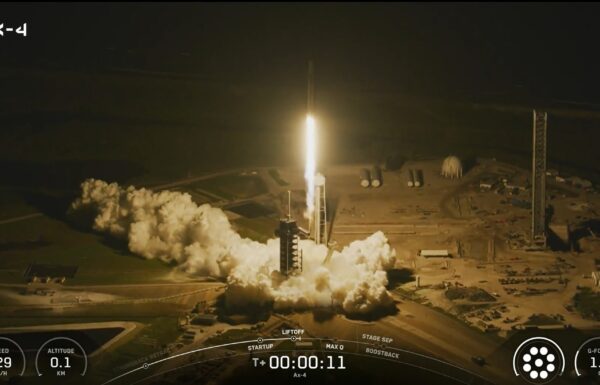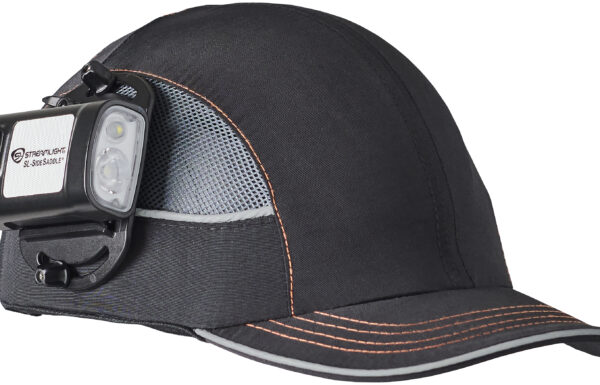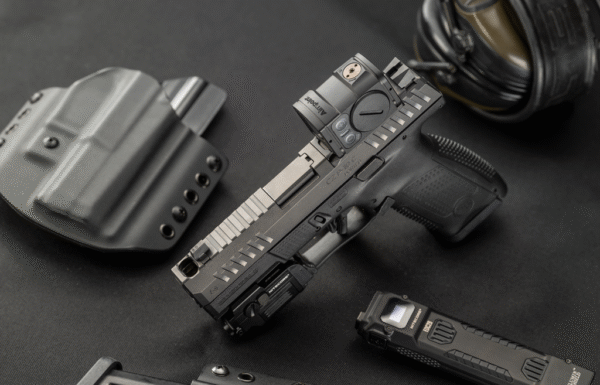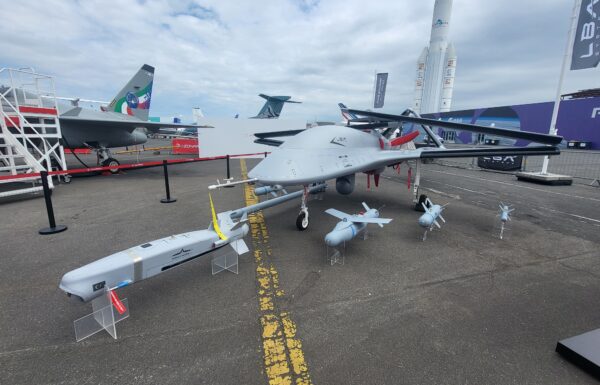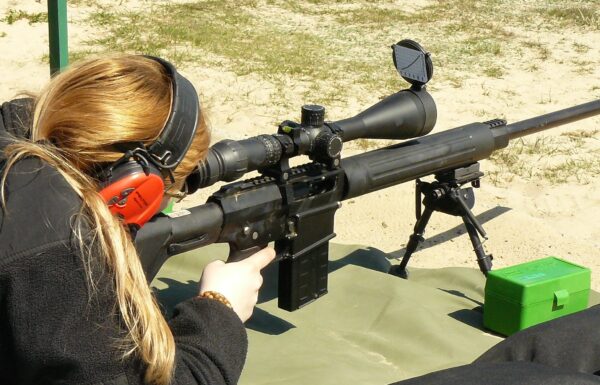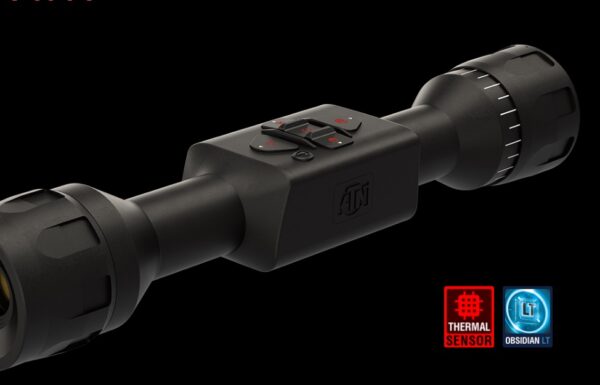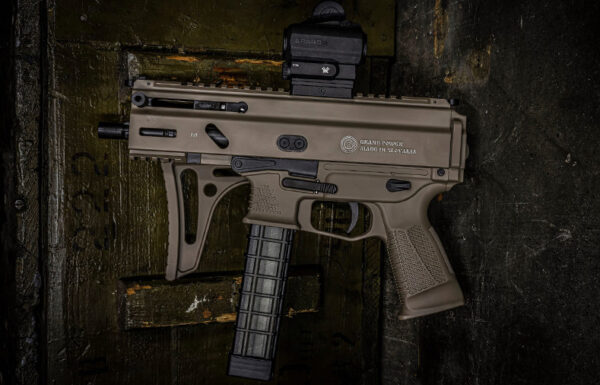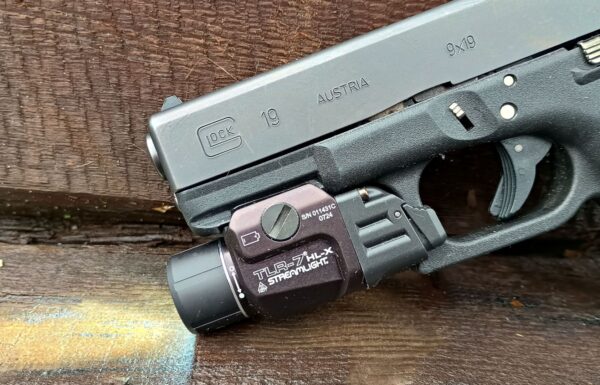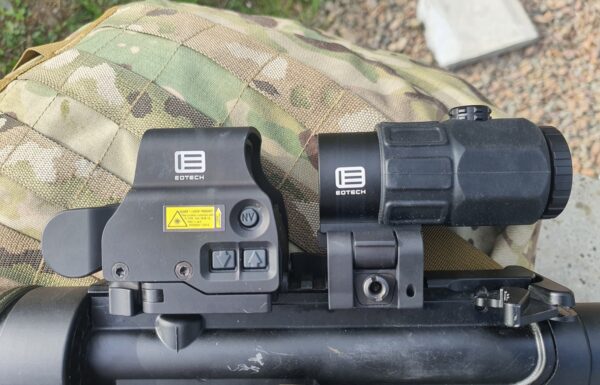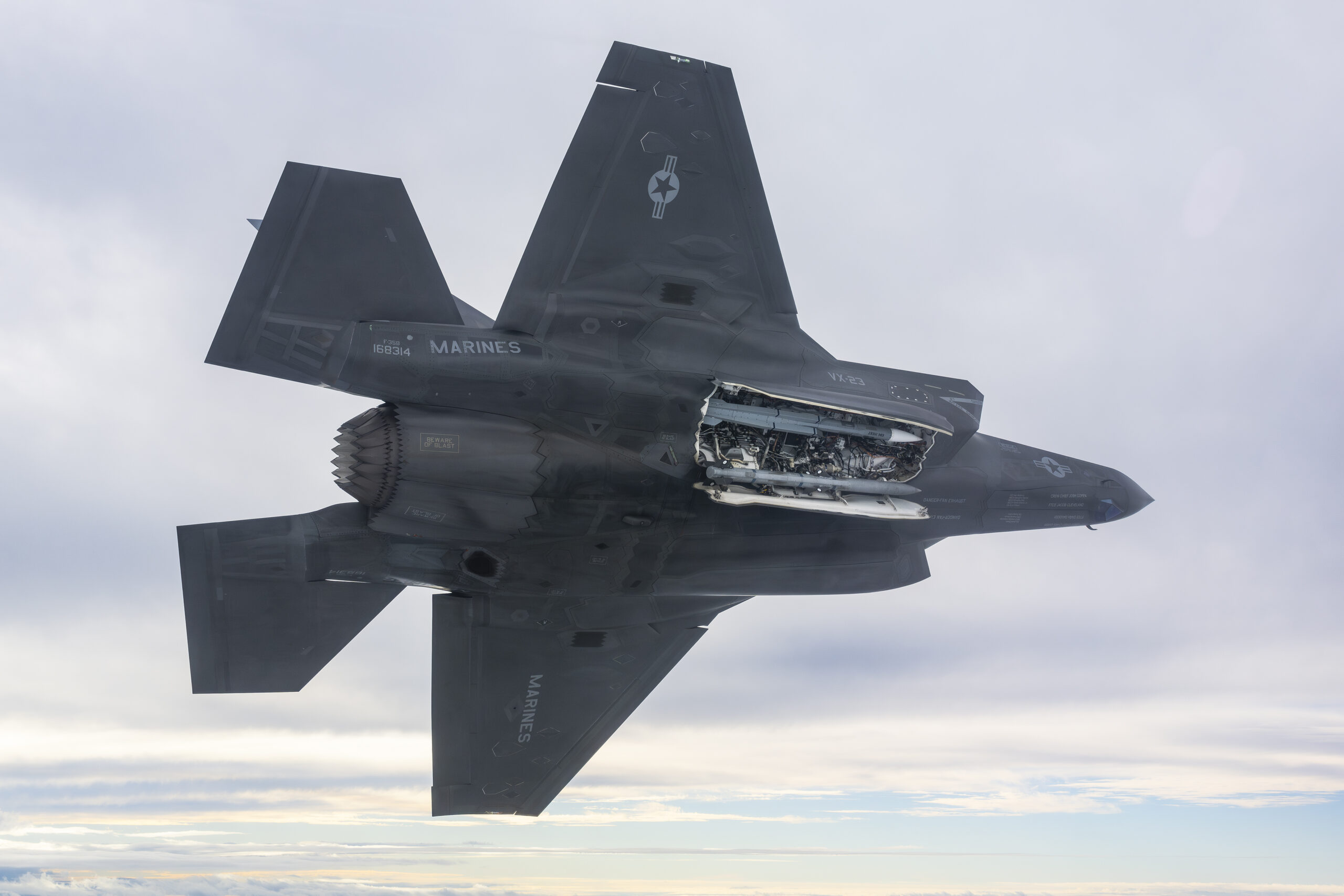On Friday, February 28, 2025, the press service of the British Royal Air Force (RAF) announced that as part of testing, the MBDA Meteor long-range air-to-air missile had been conducted first flight with the Lockheed Martin F-35B Lightning II multirole aircraft belonging to the United States Marine Corps (USMC).
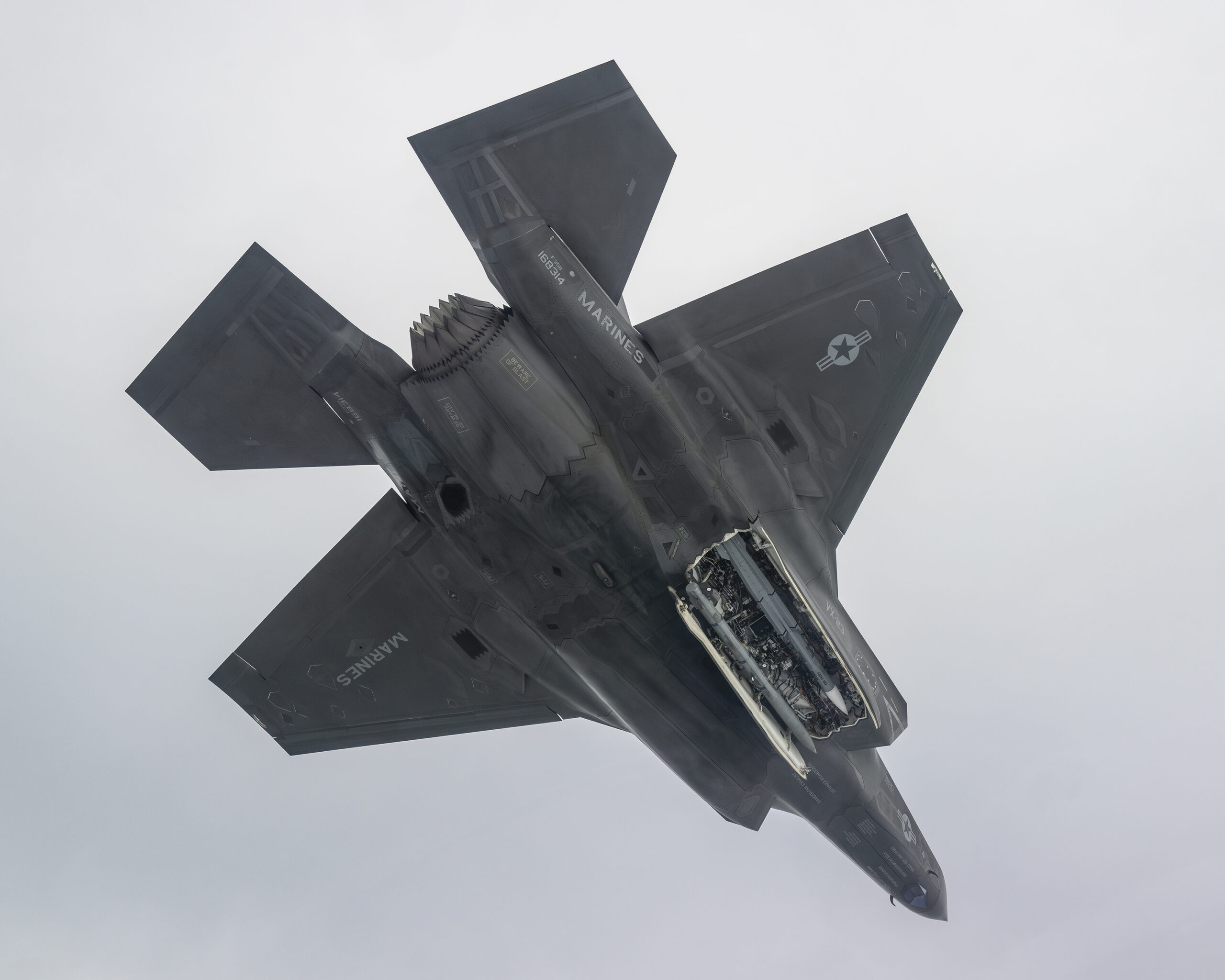
The F-35B (BF-18; Flt 640), piloted by Royal Navy Lieutenant Commander Nicholas Baker, during a test flight with a Meteor missile mass and dimension mock-up on November 20, 2024, from NAS Patuxent River Air Station in Maryland, USA. / Photos: RAF
Interestingly, the test flight took place on November 20, 2024, but was only announced now. The Meteor missile mass and dimension mock-up was used to collect telemetry and environmental data as part of a campaign aimed at integrating this weapon with the British F-35B aircraft, operated by both the RAF and the Royal Navy.
The test flights were conducted from the Naval Air Station (NAS) Patuxent River in Maryland, USA, made possible through cooperation between the governments of the United Kingdom and the United States, as well as various institutions, including the UK Ministry of Defence and its logistics agency DE&S (Defence Equipment and Support), along with key industrial partners from the European MBDA consortium and the American company Lockheed Martin.
“This milestone is a testament to the effective collaboration between the multinational governmental and industrial partnerships that we have in place. Inclusion of Meteor onto the Lightning II will bring this formidable air combat capability to the UK and to the burgeoning F-35 community, significantly enhancing security among allies,” said Air Commodore Al Roberts, RAF’s Head of Air-to-Air Missiles
As for the Royal Air Force, Meteor missiles are in service with Eurofighter Typhoon FGR4 multirole aircraft, which have been on combat duty since December 10, 2018.
Earlier, on March 18, 2018, the American company Lockheed Martin commissioned BAE Systems and the MBDA consortium to integrate British F-35B aircraft with Meteor air-to-air missiles and SPEAR (Selective Precision Effects At Range) Capability 3 air-to-ground missiles. Subsequently, they are also expected to be equipped with MBDA AIM-132 ASRAAM (Advanced Short Range Air-to-Air Missile), as well as Raytheon UK Paveway IV laser-guided and GPS/INS-guided bombs.
In April 2019, it was reported that the Meteor missile had already been assessed for compatibility with the F-35’s internal weapons bay. It is expected to be compatible with air-to-ground weapon hardpoints, but it requires a tail redesign in cases where different types of weaponry are carried simultaneously.
On July 27, 2021, the UK Ministry of Defence announced that the integration of the Meteor missile with the F-35B would be delayed by approximately one year, shifting the timeline from 2024 to 2025. Interestingly, Italian F-35 integration was originally planned for the same timeframe, and in July 2023, Rome published details of its purchase of these missiles.
The full integration of F-35B aircraft with Meteor missiles was planned to take place after upgrading to the latest Block 4 version with TR3 software. The USMC began receiving Block 4 aircraft in October 2024, following the USAF, which had begun receiving them in July 2024 (but for the F-35A variant). This is why integration tests are being conducted jointly with the RAF.
According to 2022 estimates, the RAF’s initial operational capability (IOC) with Meteor is expected to be declared no earlier than 2027.
The MBDA Meteor missiles can be used in all weather conditions against fighter aircraft, unmanned aerial vehicles (UAVs), and cruise missiles. The missile, which features active radar guidance, is equipped with a data link, allowing it to operate in a network-centric environment, enhancing the precision of air operations. The Meteor missile is 3.7 meters long, has a 178 mm diameter, and weighs 190 kg. It is powered by a solid-fuel variable-flow ramjet engine. It is equipped with both impact and proximity fuzes, as well as a fragmentation warhead. As a BVRAAM (Beyond Visual Range Air-to-Air Missile), it can engage targets at a range of up to approximately 150 km.
The Meteor missiles have also entered service with the armed forces of Germany, Italy, France, Croatia, Greece, India, Qatar, Spain, Thailand, and Brazil, with South Korea and the United Arab Emirates set to join in the future. Hungary had previously planned to purchase them, while Saudi Arabia decided to abandon its acquisition plans.
Based on the Meteor, the JNAAM (Joint New Air-to-Air Missile) has been under development in cooperation with Japan since 2016. The missile will feature a seeker with an AESA radar based on gallium nitride (GaN) technology from the Mitsubishi Electric AAM-4B missile, as the latter does not fit inside the internal weapons bay of the F-35A Lightning II. In 2023, the Japanese government accelerated development, allocating 300 million JPY for the project.


